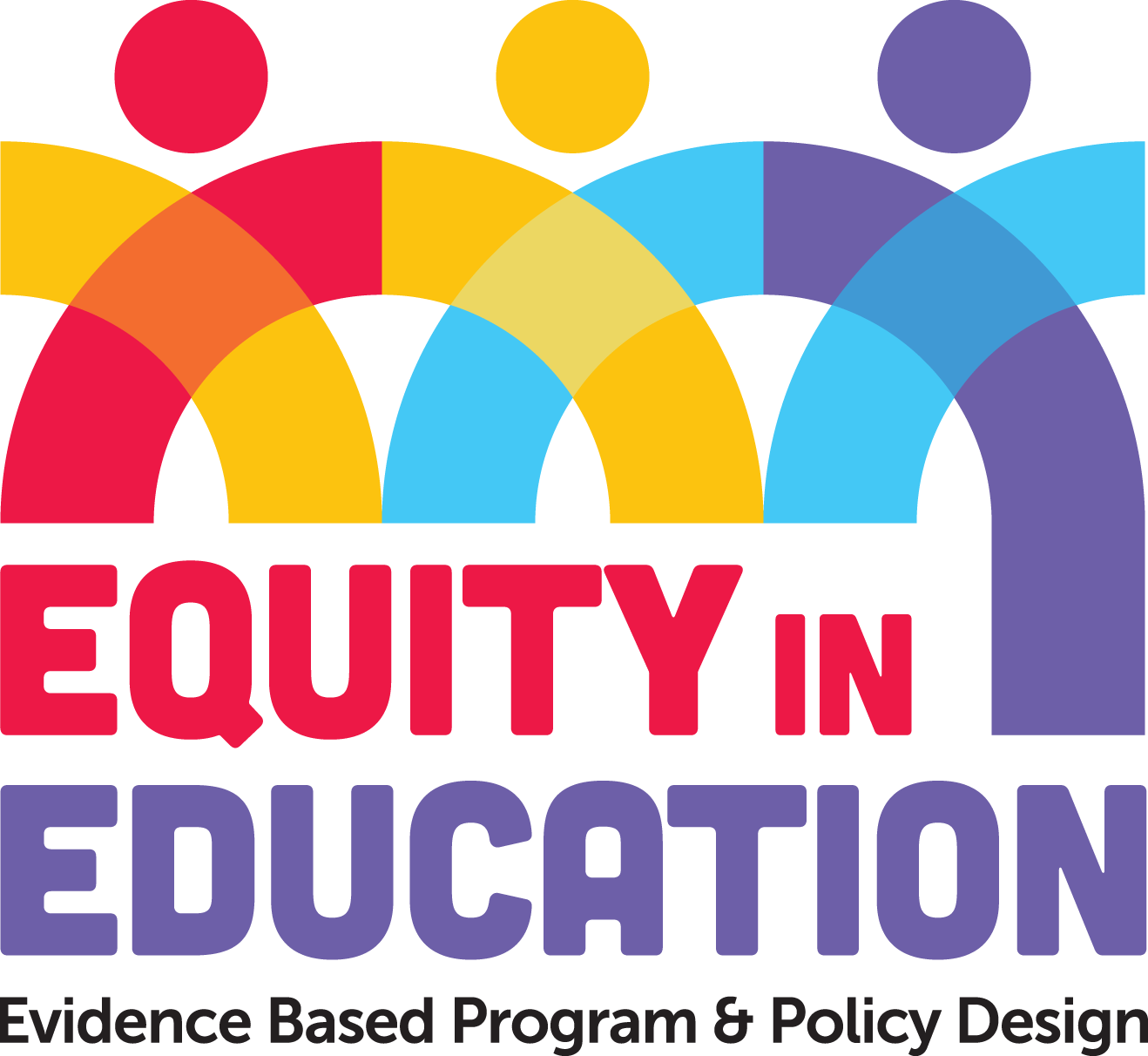Socio-economic sorting in schools—namely, separation of social groups between schools by parental affluence, education, and ethnicity—is pervasive across Canada. Critics warn that this kind of segregation undermines democratic principles of equity, inclusion and diversity.
By breaking down socio-economic sorting in schools by province, this report not only provides a ranking of most-to-least equitable school systems in Canada. It also exposes how regional policy decisions affect the socio-economic distribution of students.
To help concerned parties fight against educational inequality more effectively, our report classifies the factors that contribute to socio-economic sorting between schools in a given region. They include: residential segregation, “school choice” options (such as private and religious schools), and the availability of specialized public school programs like French immersion.
This report, Won’t you be my neighbour? Socio-economic segregation between schools in Canada: An inter-provincial analysis, is a policy brief intended for a wider audience. It is a companion piece for our technical discussion of the topic, which can be found here.


